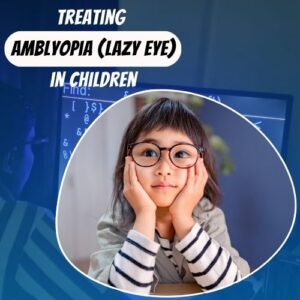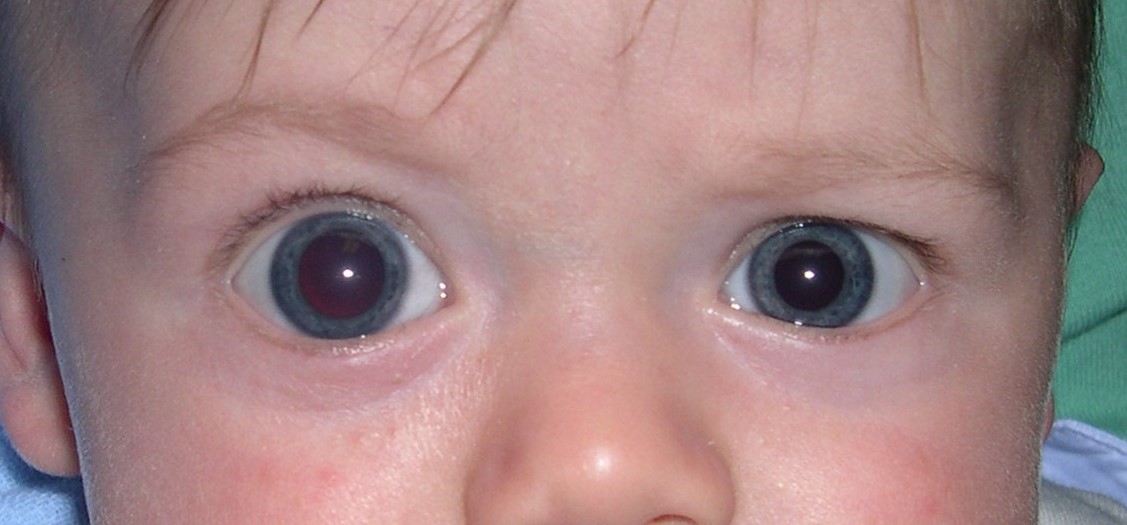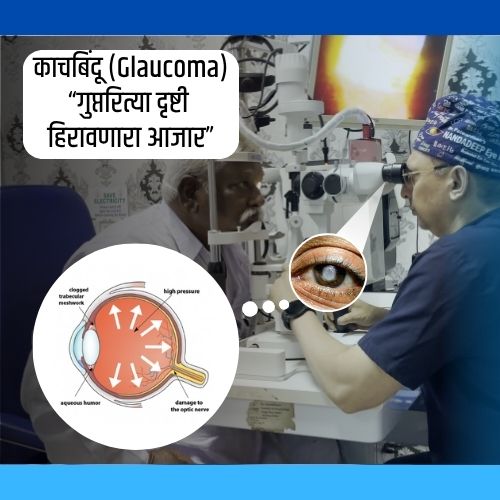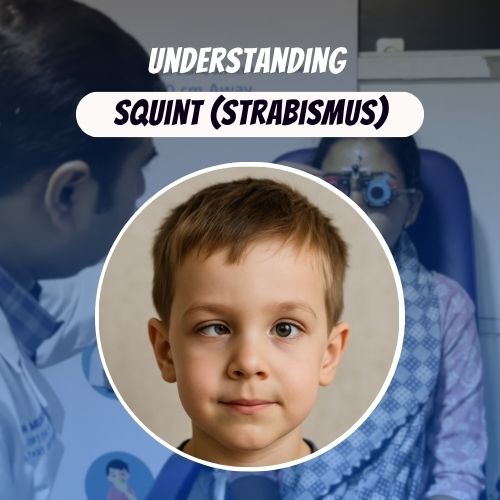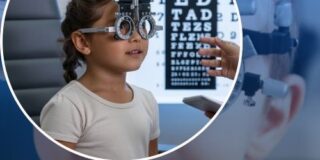Juvenile Glaucoma: Early Detection
& Treatment from Experts
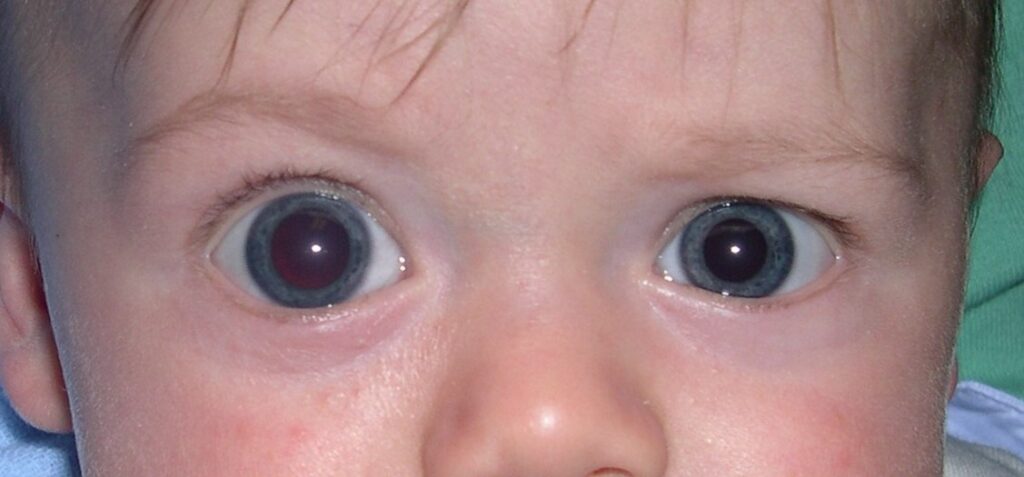
Here are the three Glaucoma types that affects babies and young people:
- Congenital glaucoma (mostly detected in newborn babies).
- Infantile glaucoma (mostly found in babies between the ages of three).
- Juvenile glaucoma (mostly detected between the ages of three and thirty-five).
The last one, juvenile glaucoma, is today’s subject of discussion, and in this blog, we’ll dive into its nitty-gritties. So, stay put and find out!
Juvenile Glaucoma
Symptoms
The Best Course of Action
Let’s Understand What Causes the Glaucoma
The Role of Ophthalmologists
First of all, you will undergo a vision test where the doctor will make multiple vision checks that might turn out normal as the central vision remains the same. Secondly, the pressure on the eye will be measured, which might differ every time throughout the test.
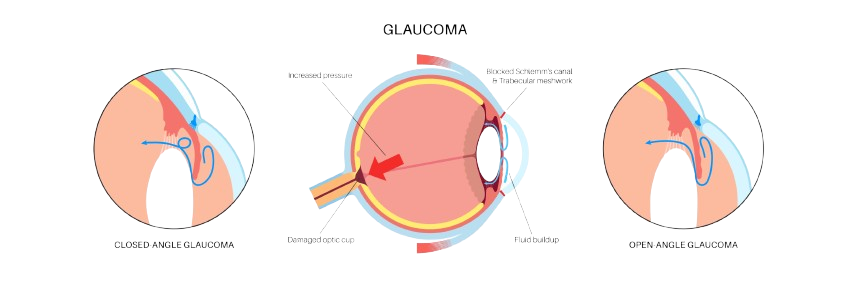
The next is pachymetry, where the doctor measures the thickness of your cornea. And finally comes the gonioscopy, where the doctor uses a special lens and slit lamp to look at your eye’s drainage angle (anterior chamber angle).
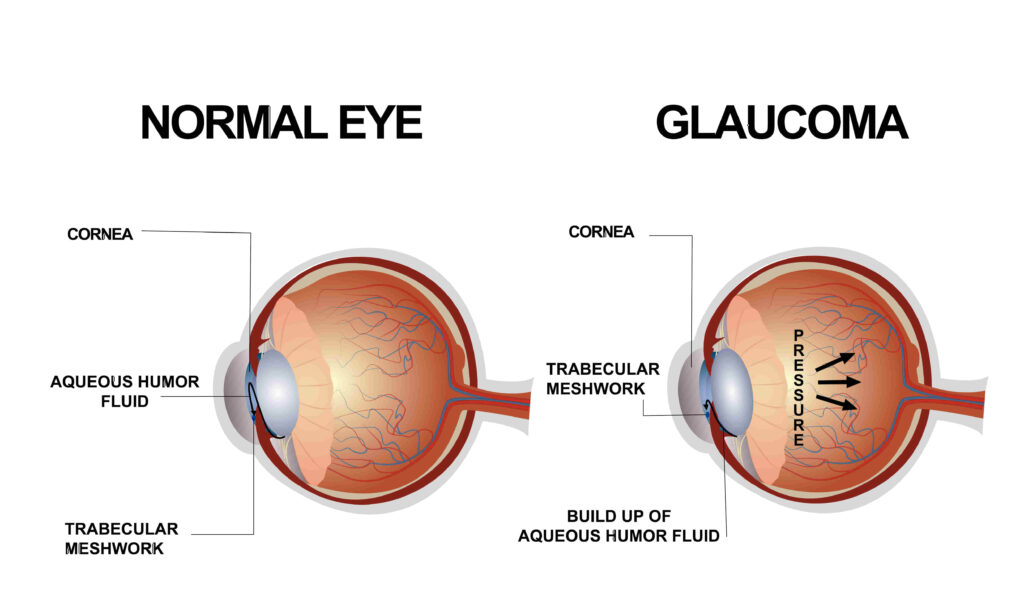
Wrapping Up
Glaucoma can lead to permanent vision loss, but timely treatment can make all the difference. If you notice any early signs of juvenile glaucoma, visit Nandadeep Eye Hospital for expert care from leading ophthalmologists.
To read Marathi version of this blog, click here
More Posts
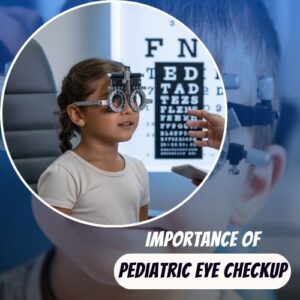
Everything You Should Know About Pediatric Eye Exams

काचबिंदू (Glaucoma): नियमित नेत्रतपासणी का आवश्यक आहे?

